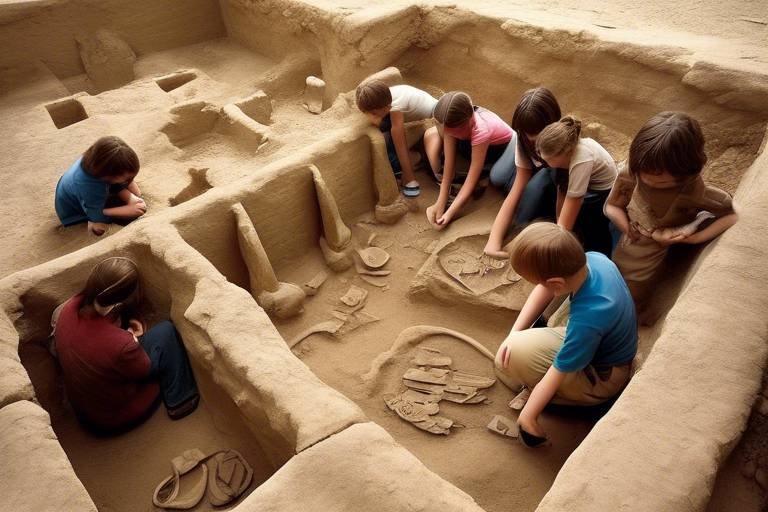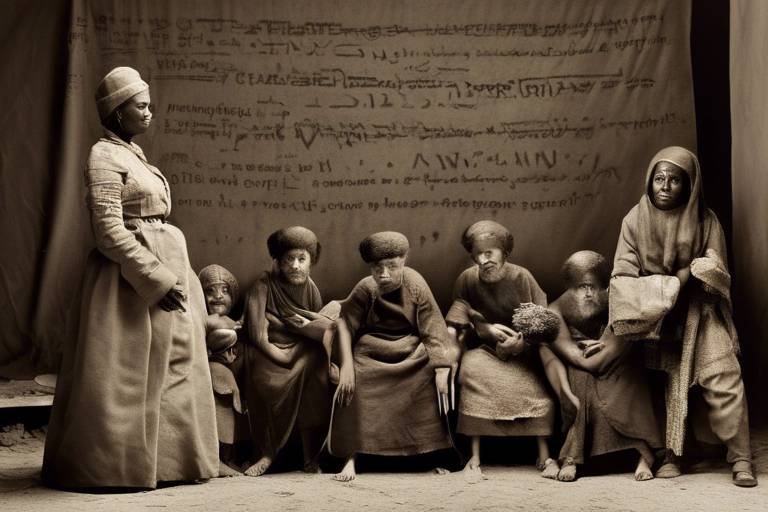The Importance of Archaeological Preservation in Education
Archaeological preservation plays a crucial role in education by providing valuable insights into our past, enriching historical understanding, and fostering a sense of cultural heritage appreciation. By safeguarding archaeological sites and artifacts, we ensure that future generations have the opportunity to learn from the tangible remains of ancient civilizations and societies. Through preservation efforts, we not only protect physical remnants of the past but also preserve intangible aspects of culture and heritage that contribute to a holistic understanding of human history.
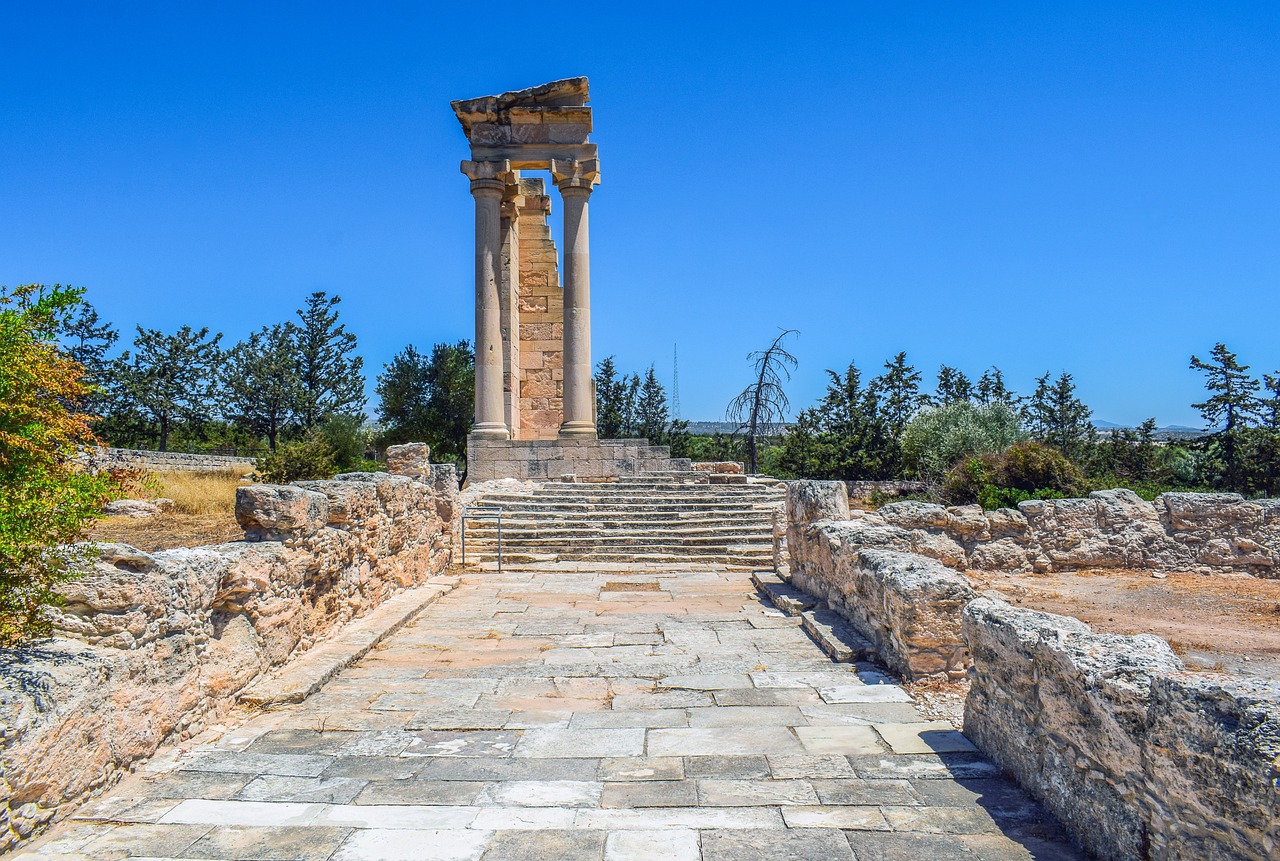
Preservation Techniques
When it comes to archaeological preservation, a variety of techniques and technologies play a crucial role in safeguarding the integrity of sites and artifacts for future generations. One of the fundamental methods in preservation is meticulous documentation, which involves recording detailed information about the context, structure, and condition of archaeological findings. This documentation serves as a valuable resource for researchers, educators, and conservationists to understand the historical significance of the discoveries.
Conservation treatments are another essential aspect of preservation techniques, aiming to stabilize, protect, and restore artifacts and structures. Through the use of specialized materials and methods, conservators work to prevent deterioration and ensure the long-term survival of archaeological objects. Monitoring is also key in preservation efforts, as regular assessment and maintenance help identify potential risks and implement timely interventions to mitigate damage.
Public engagement strategies play a vital role in raising awareness about the importance of archaeological preservation. By involving the community in site visits, workshops, and educational programs, preservationists can foster a sense of ownership and appreciation for cultural heritage. Engaging the public also encourages responsible behavior and respect for archaeological sites and artifacts.
Furthermore, the use of advanced technologies has revolutionized archaeological preservation practices. 3D scanning techniques allow for detailed digital documentation of artifacts and sites, enabling virtual reconstructions and interactive experiences for educational purposes. Virtual reality simulations provide immersive learning opportunities, allowing students and researchers to explore archaeological sites in a virtual environment.
GIS mapping, on the other hand, offers spatial analysis tools to assess the relationships between archaeological features and their surrounding landscape. By integrating technological advancements into preservation efforts, educators and preservationists can enhance the accessibility and understanding of archaeological heritage for a wider audience.

Curriculum Integration
When it comes to in the field of archaeological preservation, the aim is to incorporate the importance of safeguarding historical sites and artifacts into educational programs at all levels. By introducing students to the significance of preserving archaeological heritage, educators can enhance their understanding of history and cultural legacy in a tangible way.
One effective method of curriculum integration is to weave archaeological preservation concepts into existing history and social studies courses. By contextualizing historical events within the framework of preservation efforts, students can develop a deeper appreciation for the value of protecting our shared heritage. This approach not only enriches the academic experience but also instills a sense of responsibility towards preserving cultural treasures for future generations.
Furthermore, hands-on activities and experiential learning opportunities play a crucial role in curriculum integration. By engaging students in practical tasks such as artifact analysis, site documentation, and conservation workshops, educators can bring archaeological preservation to life in a dynamic and interactive manner. These immersive experiences not only deepen students' knowledge but also foster a sense of connection to the past.
Collaboration with local museums, heritage organizations, and archaeological sites can also enhance curriculum integration efforts. By providing students with access to real-world preservation projects and research opportunities, educators can bridge the gap between classroom learning and practical application. This hands-on approach allows students to witness firsthand the challenges and rewards of archaeological preservation, inspiring them to become stewards of our cultural heritage.

Experiential Learning
Experiential learning in archaeological preservation offers students a unique opportunity to engage directly with historical artifacts and sites, bridging the gap between theory and practice. By participating in fieldwork activities, students can develop practical skills in excavation techniques, artifact handling, and documentation methods. These hands-on experiences not only deepen their understanding of archaeology but also cultivate a sense of stewardship towards cultural heritage.
Furthermore, artifact analysis plays a crucial role in experiential learning, allowing students to apply their knowledge of archaeological methods to real-world objects. Through close examination and interpretation of artifacts, students can uncover valuable insights into past civilizations, lifestyles, and technological advancements. This process of discovery fosters critical thinking skills and encourages students to form their own hypotheses based on evidence.
Participation in conservation projects is another key aspect of experiential learning in archaeological preservation. Students have the opportunity to contribute to the preservation of cultural heritage by learning conservation techniques, such as cleaning, stabilizing, and storing artifacts. By actively engaging in the conservation process, students develop a sense of responsibility towards safeguarding the past for future generations.
Collaboration with professionals in the field provides students with mentorship and guidance, offering valuable insights into the practical aspects of archaeological preservation. Working alongside experts allows students to gain firsthand experience and learn best practices in site management, data recording, and ethical considerations. This mentorship not only enhances their technical skills but also nurtures a passion for preserving our shared cultural heritage.
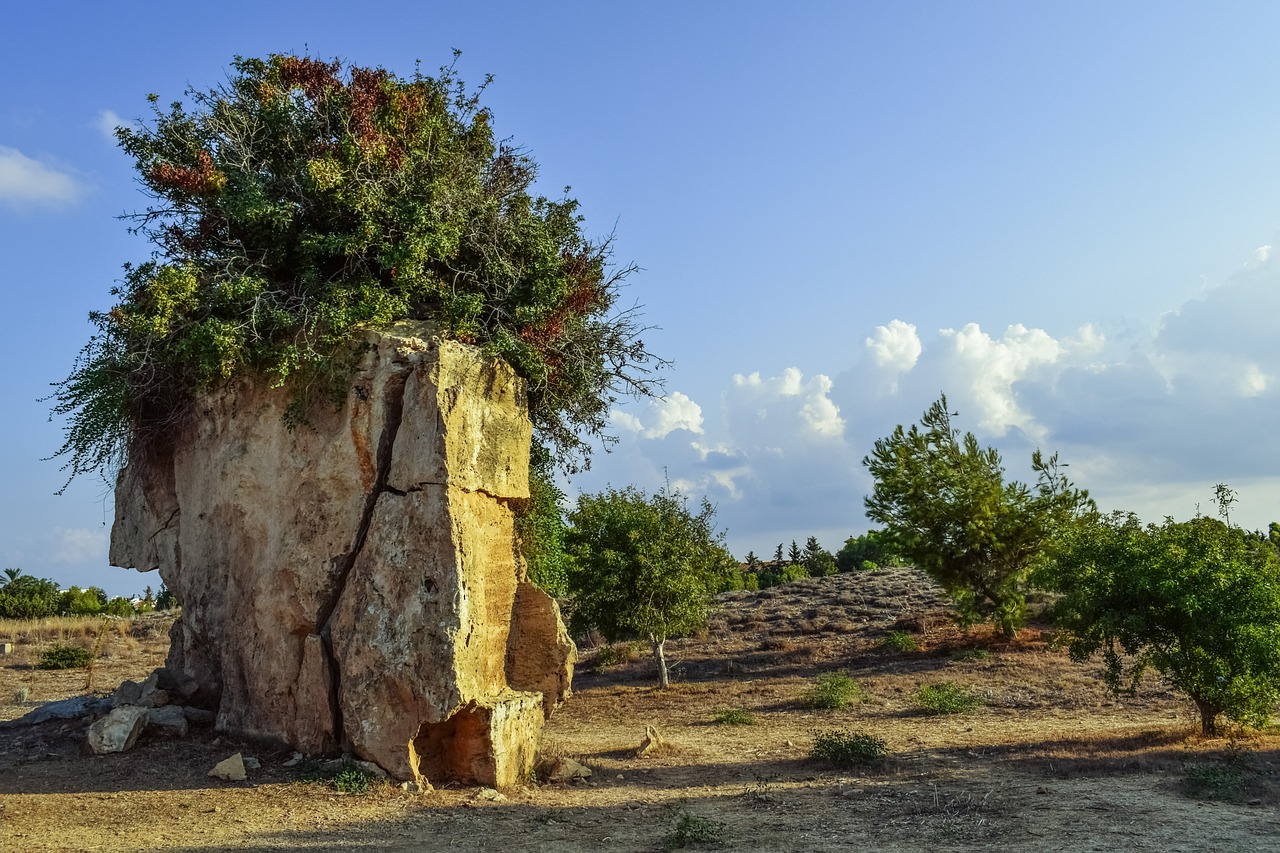
Community Involvement
Community involvement plays a crucial role in supporting archaeological preservation efforts, creating a sense of ownership and responsibility within local populations towards their cultural heritage. By engaging with communities, preservation projects can benefit from diverse perspectives, local knowledge, and manpower, enhancing the effectiveness and sustainability of conservation initiatives. Collaborating with volunteers, schools, and local organizations not only raises awareness about the importance of preserving archaeological sites but also fosters a sense of pride and connection to the shared history of the region.

Technological Advancements
When it comes to archaeological preservation, technological advancements have revolutionized the way we document, analyze, and protect historical sites and artifacts. One of the most significant developments in recent years is the use of 3D scanning technology, which allows archaeologists to create detailed digital replicas of objects and structures with remarkable accuracy. This not only helps in preserving delicate artifacts but also provides researchers with valuable data for further analysis and study.
Virtual reality (VR) has also played a crucial role in enhancing the educational experience of archaeological preservation. By immersing students in virtual reconstructions of ancient sites, VR technology allows them to explore historical environments in a way that traditional textbooks cannot replicate. This interactive approach not only makes learning more engaging but also fosters a deeper understanding and appreciation of cultural heritage.
Furthermore, Geographic Information System (GIS) mapping has proven to be a valuable tool in archaeological preservation efforts. By overlaying spatial data onto maps, archaeologists can visualize the distribution of artifacts, site features, and environmental factors, aiding in the planning and management of conservation projects. GIS technology also facilitates the monitoring of archaeological sites over time, helping to track changes and identify potential threats to their preservation.
These technological advancements have not only transformed the way we approach archaeological preservation but have also opened up new possibilities for research, education, and public engagement. By harnessing the power of technology, we can ensure that the stories of our past are preserved for future generations to explore and learn from.

Global Perspectives
When it comes to archaeological preservation, it's fascinating to explore the on this crucial aspect of safeguarding our historical heritage. Different countries and regions around the world have unique approaches to preserving archaeological sites and artifacts, each influenced by cultural differences, legal frameworks, available funding sources, and the extent of international collaborations.
For example, some countries prioritize heritage conservation through strict regulations and government-led initiatives, while others rely heavily on partnerships with private organizations or international institutions. The methods used for archaeological preservation can vary significantly, from traditional techniques to cutting-edge technologies like 3D scanning and GIS mapping.
Moreover, the ethical considerations involved in archaeological preservation also differ across regions. Issues such as ownership of artifacts, repatriation of cultural treasures, prevention of looting, and finding a balance between conservation efforts and public access to historical sites are all part of the complex tapestry of on archaeological preservation.
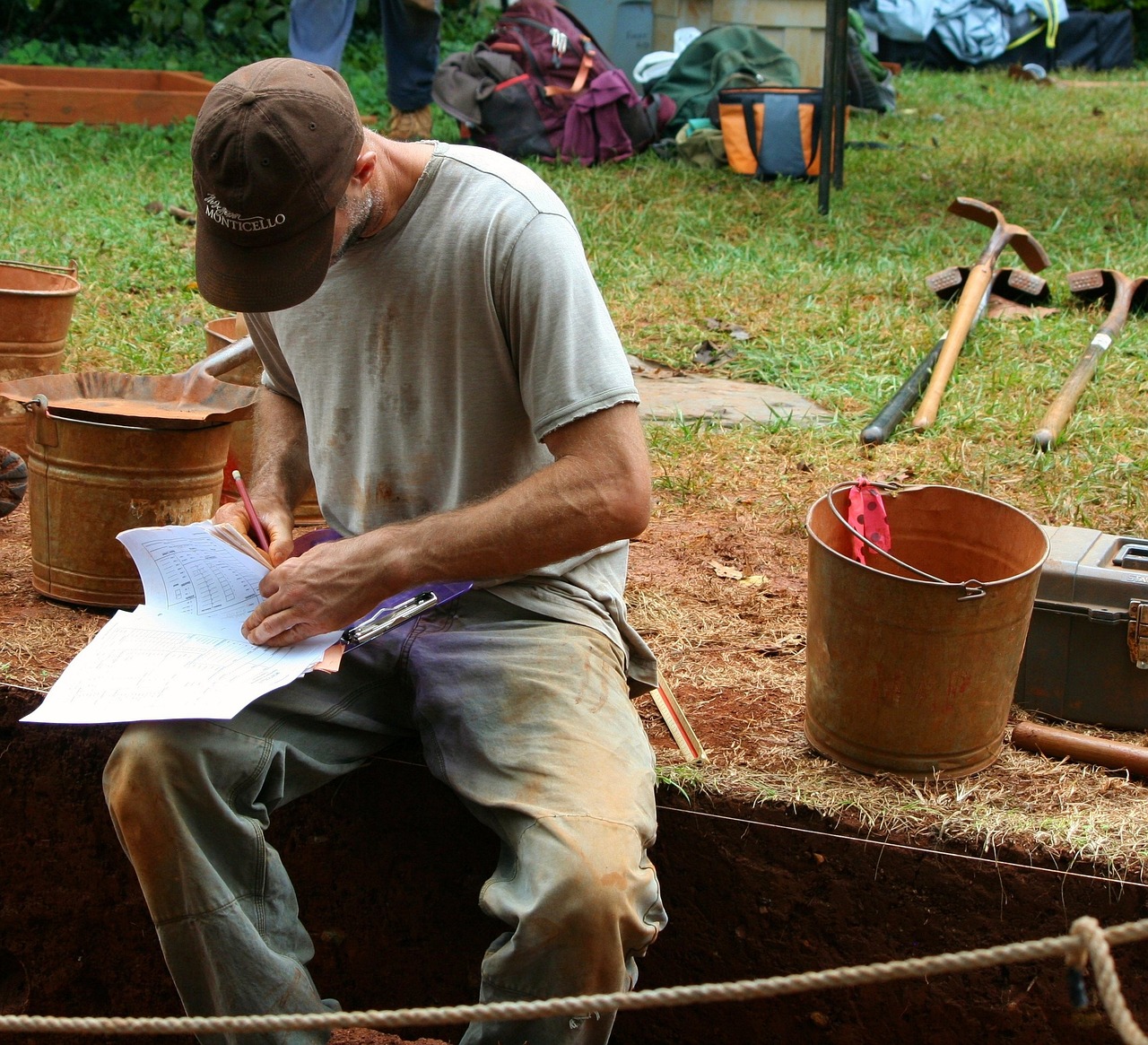
Ethical Considerations
When it comes to archaeological preservation, ethical considerations play a crucial role in guiding decision-making and practices within the field. One of the primary ethical dilemmas in archaeological preservation revolves around issues of ownership and repatriation. Archaeological sites and artifacts often hold significant cultural and historical value for indigenous communities and nations, raising questions about who has the right to claim ownership and control over these items.
Furthermore, the issue of looting poses a significant challenge to ethical archaeological preservation. Illegal excavation and trafficking of artifacts not only disrupts the integrity of archaeological sites but also deprives future generations of valuable historical information. Balancing the need for conservation efforts with the public's desire for access to historical sites can be a delicate ethical tightrope to navigate.
Moreover, ethical considerations in archaeological preservation extend to the decision-making process regarding the display and interpretation of artifacts. Ensuring respectful and culturally sensitive representation of archaeological finds is essential in fostering understanding and appreciation for diverse cultural heritages.
Another ethical consideration in archaeological preservation is the role of stakeholders and the community in decision-making processes. Involving local communities in preservation efforts can help build trust, promote cultural awareness, and ensure that conservation practices align with the values and needs of those directly impacted by archaeological projects.
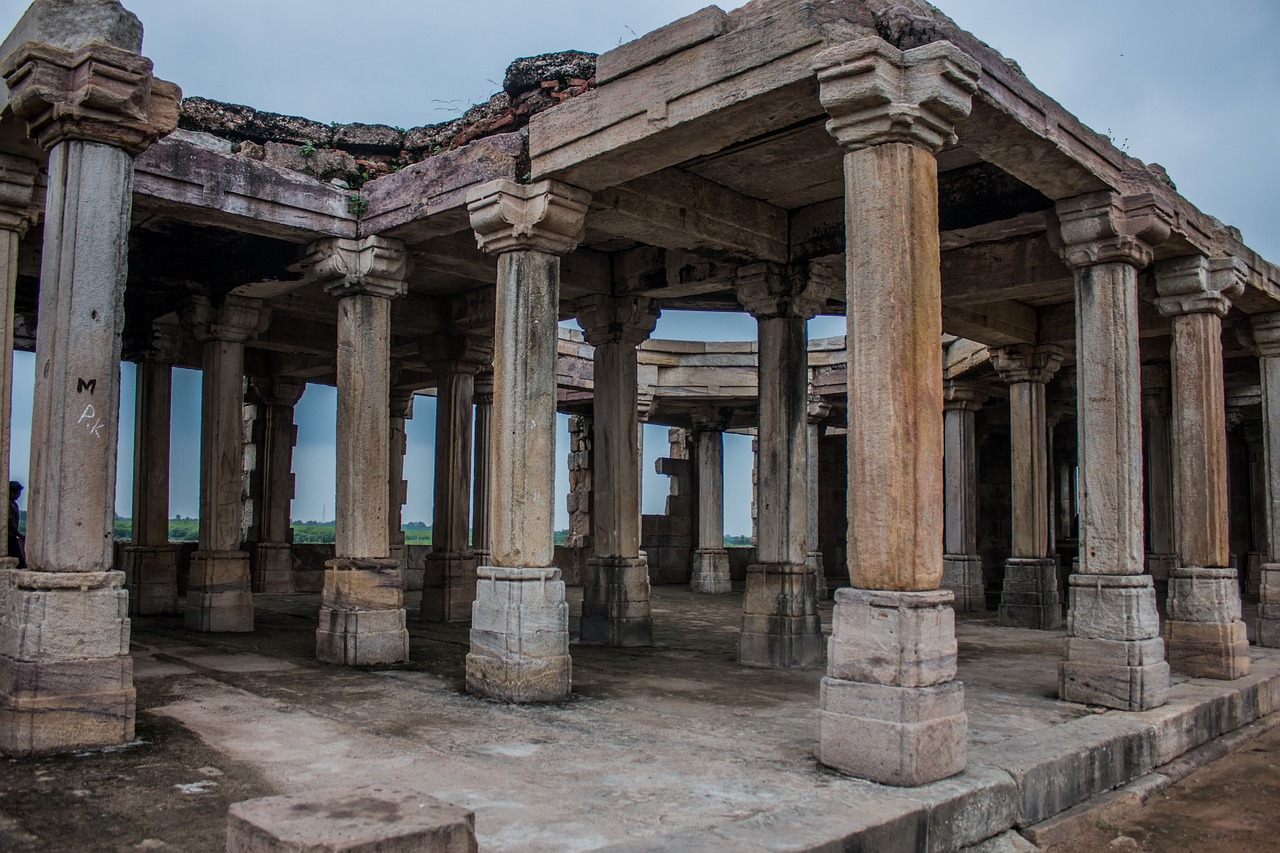
Future Challenges and Opportunities
As we look towards the future of archaeological preservation education, we are faced with a myriad of challenges and opportunities that will shape the way we approach the conservation of our cultural heritage. One of the primary challenges is the ongoing struggle for adequate funding to support preservation efforts. With limited resources and competing priorities, securing financial support for archaeological projects can be a daunting task. However, this challenge also presents an opportunity for collaboration between government agencies, private organizations, and academic institutions to pool resources and expertise for the greater good.
Another significant challenge in the field of archaeological preservation is keeping up with rapid technological advancements. While innovations such as 3D scanning and virtual reality have revolutionized the way we document and interpret archaeological sites, staying abreast of these developments requires continuous learning and adaptation. Embracing these technological tools presents an exciting opportunity to engage students and the public in new and immersive ways, enhancing their understanding and appreciation of our shared heritage.
Policy developments also pose both challenges and opportunities for the future of archaeological preservation education. As legal frameworks evolve to address issues of ownership, repatriation, and cultural heritage protection, educators must navigate complex ethical considerations while ensuring that historical sites and artifacts remain accessible for research and public engagement. By incorporating discussions on ethics and legal issues into educational curricula, we can empower the next generation of preservationists to make informed decisions and advocate for the safeguarding of our archaeological heritage.
Furthermore, the evolving role of education in heritage conservation presents a dynamic landscape of challenges and opportunities. As society becomes increasingly aware of the importance of preserving our past for future generations, there is a growing demand for interdisciplinary approaches that integrate archaeological preservation into broader discussions on sustainability, community development, and social justice. By fostering partnerships between educational institutions, heritage organizations, and local communities, we can create innovative solutions to address the complex challenges facing archaeological preservation in the 21st century.
Frequently Asked Questions
- What is the importance of archaeological preservation in education?
Archaeological preservation in education plays a crucial role in enhancing historical understanding, promoting cultural heritage awareness, and providing valuable research opportunities. By preserving archaeological sites and artifacts, we can learn about our past, connect with our roots, and contribute to the collective knowledge of humanity.
- What are some preservation techniques used in archaeology?
Preservation techniques in archaeology include documentation, conservation treatments, monitoring, and public engagement strategies. These methods help protect archaeological sites and artifacts from deterioration, ensuring that future generations can continue to learn from and appreciate our shared cultural heritage.
- How can archaeological preservation concepts be integrated into educational curricula?
Archaeological preservation concepts can be integrated into educational curricula at various levels by incorporating hands-on experiences, fieldwork opportunities, artifact analysis, and conservation projects. This experiential learning approach enhances students' understanding of history and cultural heritage, making the past come alive in the classroom.
- What is the role of local communities in supporting archaeological preservation efforts?
Local communities play a vital role in supporting archaeological preservation efforts through volunteer programs, public outreach initiatives, and collaborative projects with educational institutions. By engaging with the community, we can raise awareness about the importance of preserving our heritage and foster a sense of shared responsibility for safeguarding archaeological sites and artifacts.
- How do technological advancements impact archaeological preservation practices?
Technological advancements such as 3D scanning, virtual reality, and GIS mapping have revolutionized archaeological preservation practices by enhancing documentation, analysis, and public engagement. These tools provide new ways to explore and interpret archaeological sites and artifacts, offering immersive educational experiences that were previously unimaginable.

